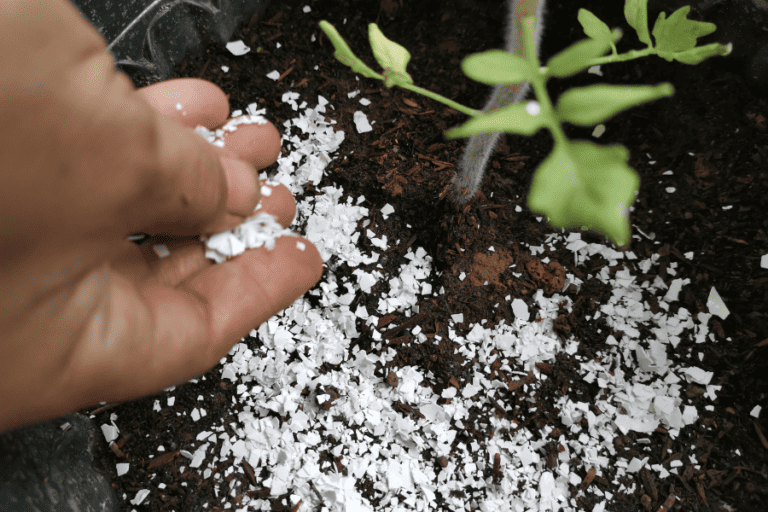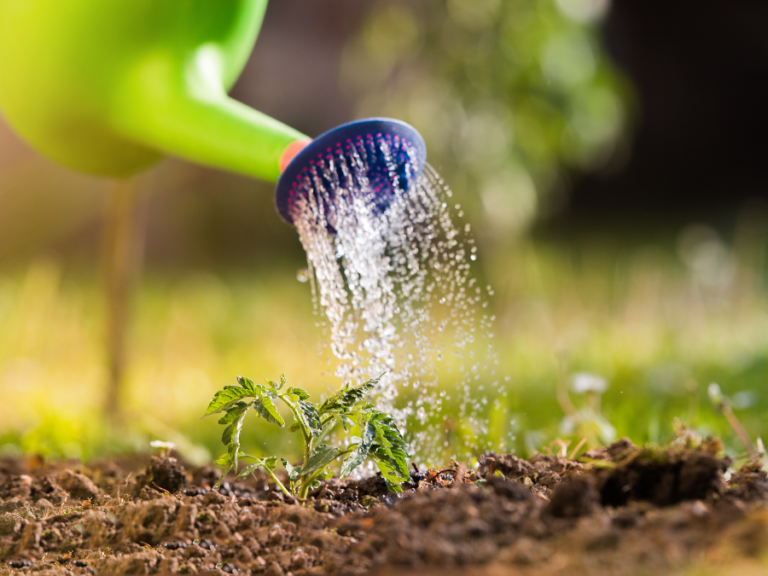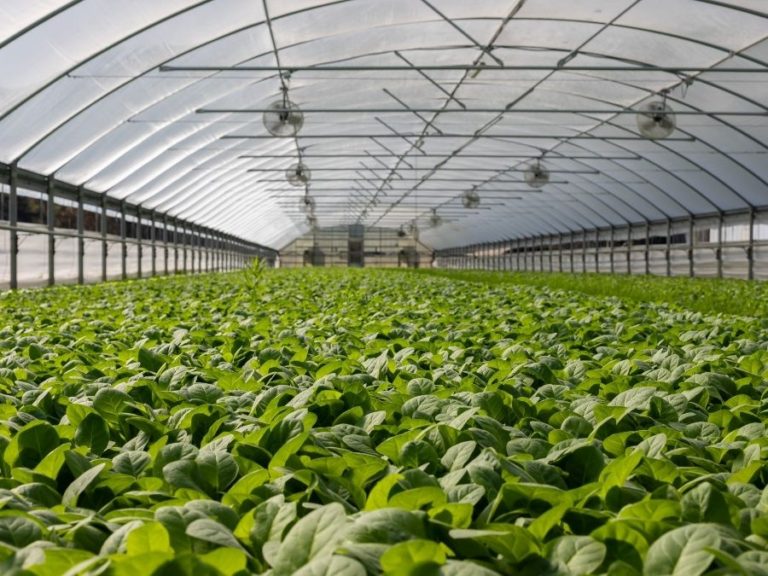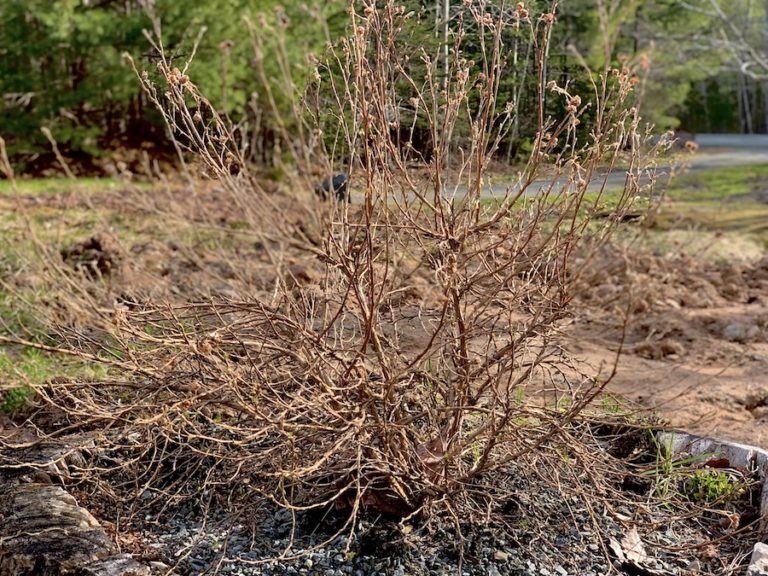Top 10 Ways To Keep Your Greenhouse Warm In The Winter
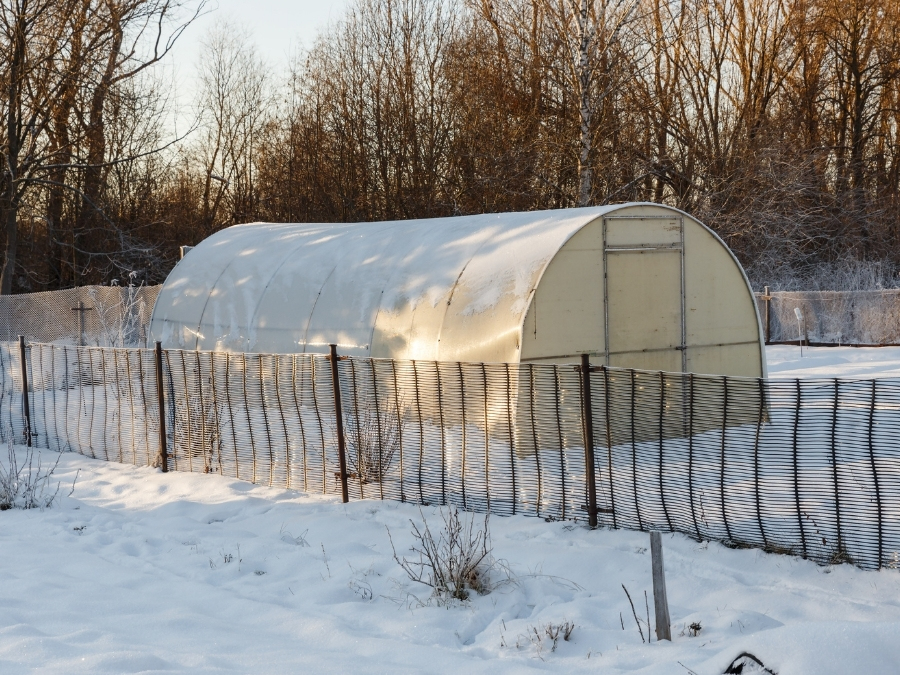
Keeping your greenhouse warm during the winter is essential for protecting your plants and ensuring they thrive year-round. Cold temperatures can slow growth, damage crops, and even kill sensitive plants if your greenhouse isn’t properly heated or insulated. Fortunately, there are plenty of effective ways to maintain a cozy environment without breaking the bank.
In this article, we’ll share the top 10 strategies to keep your greenhouse warm, from energy-efficient heating options to clever insulation techniques. Whether you’re growing vegetables, flowers, or tropical plants, these tips will help you create the perfect winter haven for your garden.
How Do You Keep A Greenhouse Warm In The Winter? There are numerous options to keep your greenhouse winterized and warm throughout the colder months. The first is to make sure your greenhouse is constructed with proper ventilation and in a location that gets direct sunlight all year round. Next is to add heaters and use cover-ups or mulch to help protect your crops from the cold.
Disclaimer: This article includes affiliate links. If you click one of them, we may receive a small percentage of the sale at no extra cost to you. Thank you for your support!
Add Thermal Mass

Adding a thermal mass is one of the most cost affordable options for heating your greenhouse during the winter months. The key to successful thermal mass is using materials that are dense and able to absorb heat, such as concrete, brick, stone, water and tiles. The way this works is the thermal mass will absorb heat throughout the day and then emit that heat during the evening.
An easy way to do this is by repurposing plastic bottles. Paint plastic bottles black and fill them up with water. Then, disperse them around your greenhouse. They will absorb heat from the sun throughout the day and release it throughout the evening.
Heaters

Adding heaters to a greenhouse is a popular choice as it is an easy way to add heat to a space. If you choose this option, be sure to keep a fan on as well to aid with air circulation and equal distribution of heat. It should be noted that using heaters is a more costly option and may not be the best option for those on a budget.
There are multiple types of space heaters that you can use in your greenhouse. The Bio Green Electric Fan Heater is an excellent option as it can be used in either the summer or winter, as it functions as a heater and ventilation. It also has digital thermostat control. Other options are heat lamps and heated soil cables.
Bubble Wrap Insulation
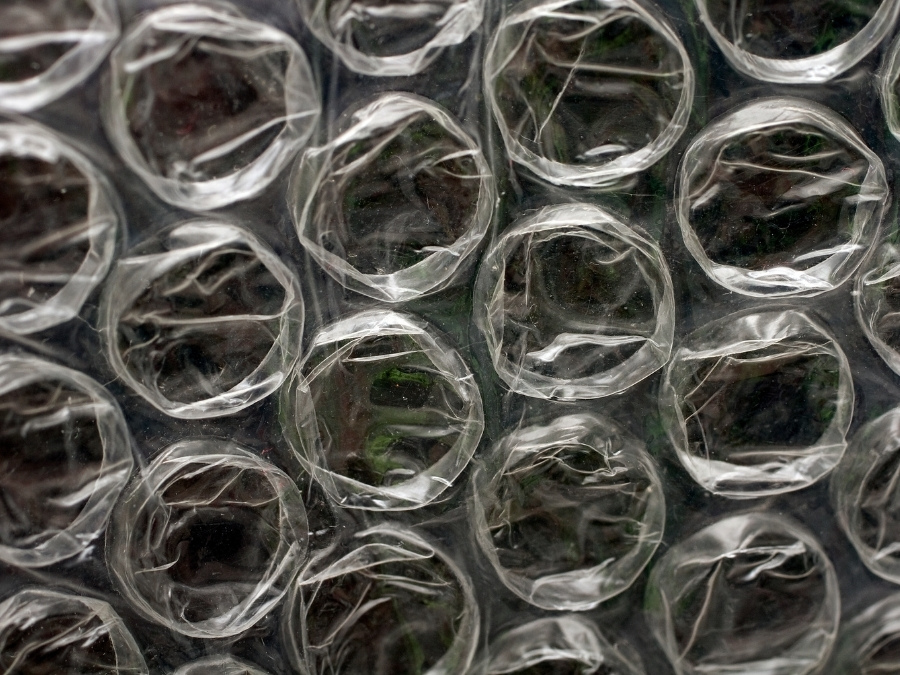
Bubble wrap is an effective way to help your greenhouse retain heat during the colder months. It acts as an insulator to help prevent the loss of heat. To use this as insulation, you will need to line the inner walls of the greenhouse with bubble wrap.
We suggest using a horticultural bubble wrap as it has larger bubbles and is translucent, making it so sunlight can still get through. This type of bubble wrap is also usually coated with UV protection so it can withstand repeated sun exposure without falling apart. Note that bubble wrap is a great temporary insulator for the winter and should be removed when the summer comes around.
Solar Energy
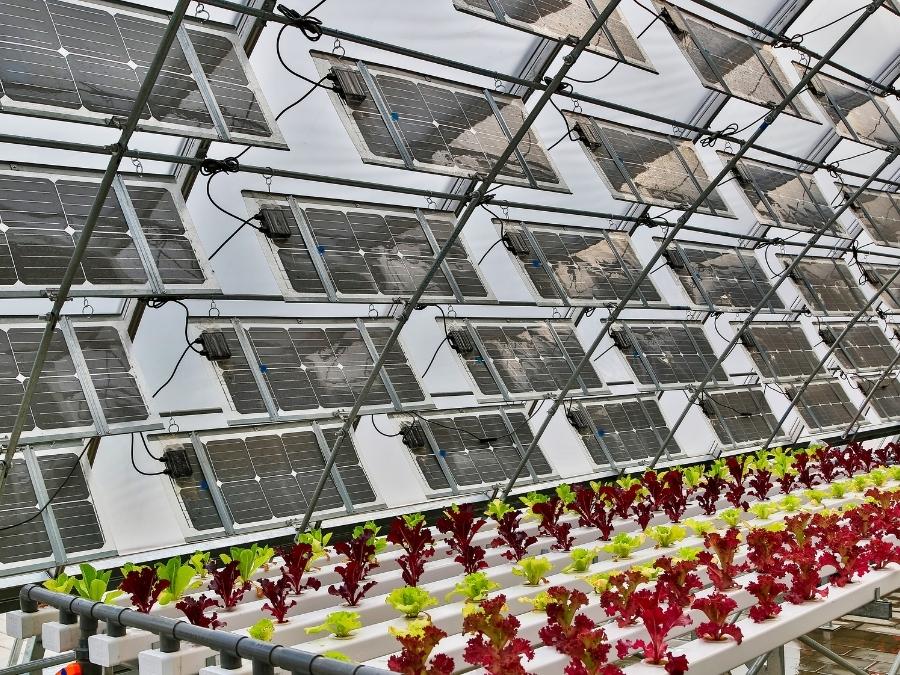
Using solar energy is a sustainable way to heat your greenhouse. Solar energy works by absorbing energy from the sun into a panel that then creates electrical charges and runs devices such as electric heaters and fans within your greenhouse.
While solar panels can sometimes be on the costly side, depending on how large your greenhouse is, it is a great long-term heating option. As an added bonus, it will also help keep your electricity bills down!
Cover-Ups

Cover-ups are great for cold winter nights or cold snaps. They help keep your plants warm by ensuring they retain their heat while also keeping moisture in. You can use row covers, garden sheets, fleece and even old blankets.
If you choose to use cover-ups overnight, be sure to remove them during the day so your crops can receive enough sunlight and avoid excess moisture and heat. This is a simple and cost-effective method to keep your greenhouse crops warm.
Proper Ventilation
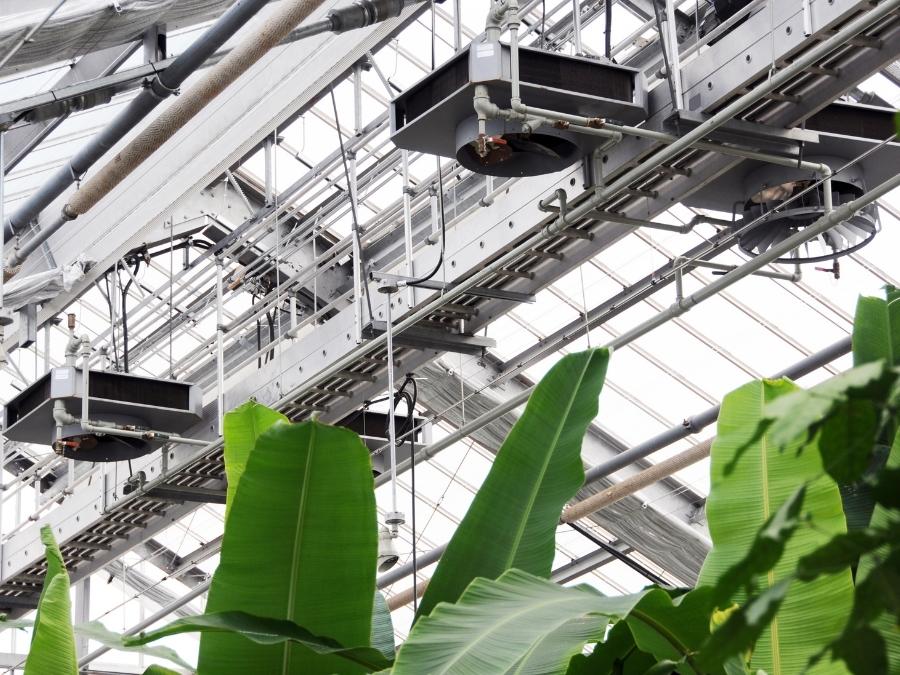
Winter ventilation in your greenhouse, even in the winter, is crucial. Proper ventilation is needed to remove excess moisture and humidity caused by the difference in temperature within the greenhouse and outdoors. It also helps to remove carbon monoxide and dioxide buildup.
Efficient ventilation is important to have in combination with any of the other heating methods. You can pair ventilation with regular fans as well to help keep a consistent temperature throughout your winter greenhouse. Since warm air rises, this will help redistribute the warm air throughout your greenhouse.
For more information on greenhouse ventilation, check out our article “Should You Install Fans To Help Ventilate Your Greenhouse?”
Heat Mats
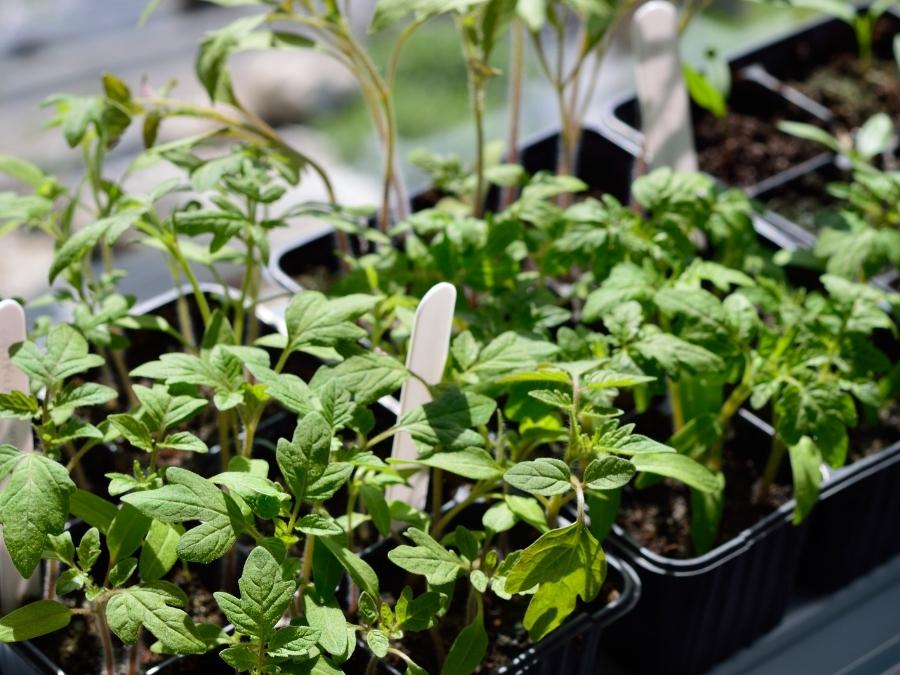
Heat mats are great for starting seeds and germination. They can be used inside a greenhouse or house to help regulate and warm up the temperature of your soil. This is an excellent way to get a head start on the growing season as they speed up production and increase root growth.
A great affordable heating mat is the SeedFactor Seedling Heat Mat. It comes in four different sizes and is fully waterproof.
Create A Compost Pile
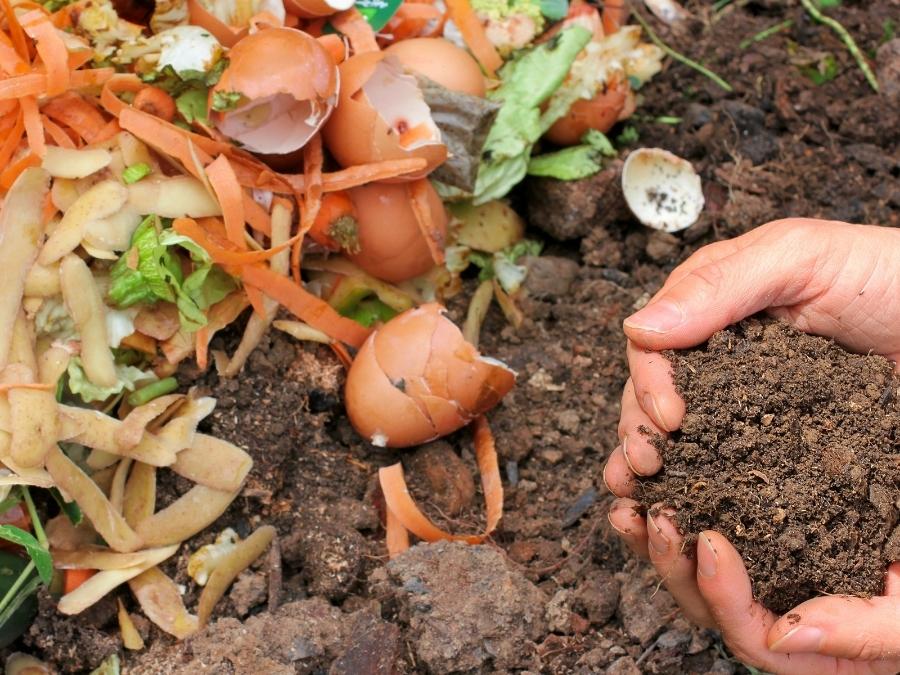
Using a compost pile to heat up your greenhouse is a great, cost-affordable option and also allows you to repurpose your waste. Compost creates heat as it gets broken down by microorganisms. During this process, heat, carbon dioxide and water are formed.
You can use compost bins or piles around specific areas of your greenhouse to provide localized heat or add rows of compost trenches throughout. The amount of heat produced will depend on the amount of compost used.
Raise Plants From The Ground

While raising plants off the ground does not necessarily heat the greenhouse itself, it does help to protect your plants from cold and freezing soil. Moving winter crops into containers or raised beds in your greenhouse will allow the soil to warm up quicker than in the ground. The con is that they do tend to lose heat faster. Because of this, we’d recommend also covering raised plants on overly cold nights to help retain heat.
Add Mulch
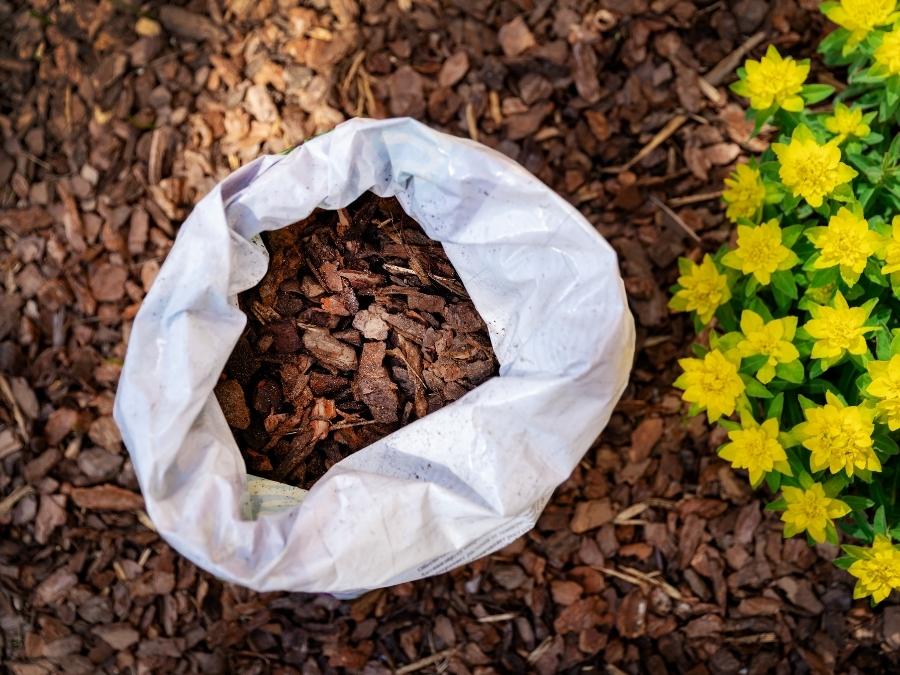
I am sure you have likely heard of using mulch in the summertime for all the numerous benefits it has on water retention and helping provide nutrients, but did you also know it can be used in the wintertime to retain heat? Mulch can be used as a blanket for your vegetables to help keep the heat in your soil and slow down the rate of cooling overnight. This is beneficial if you live in a climate where the temperatures drop down during the evenings but are warm enough throughout the daytime that the mulch can absorb and hold onto enough heat.
It is best to use organic mulch that contains either cedar or pine bark. If you notice that your plants are showing signs of winter stress, consider adding another layer of mulch to help protect them from the cold.

